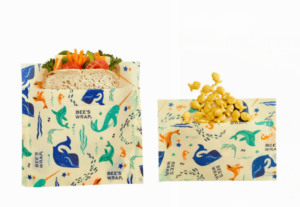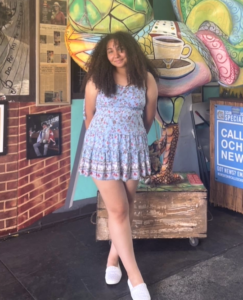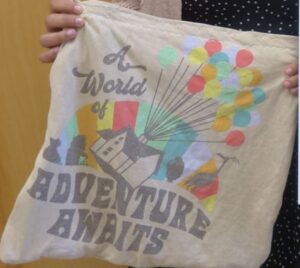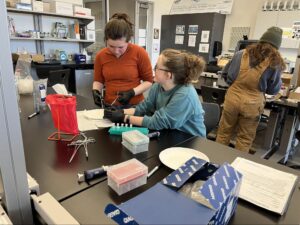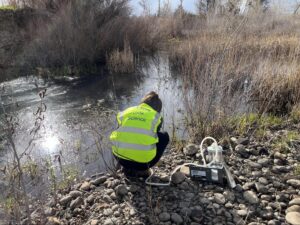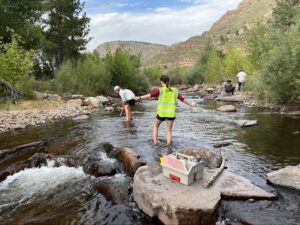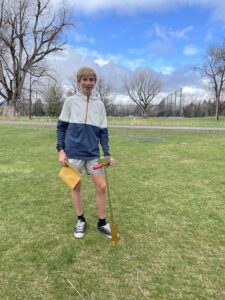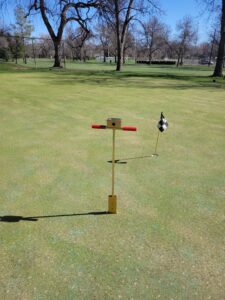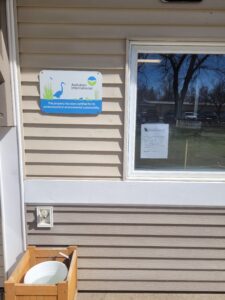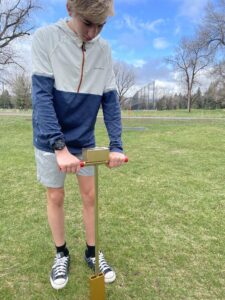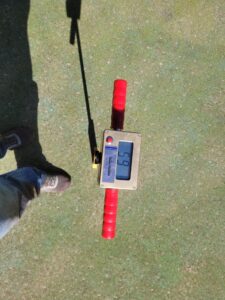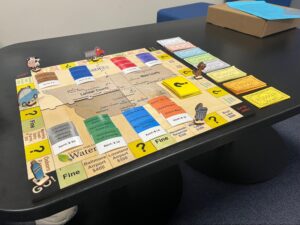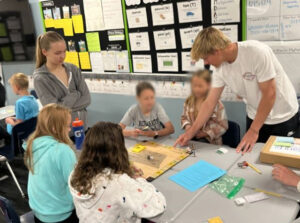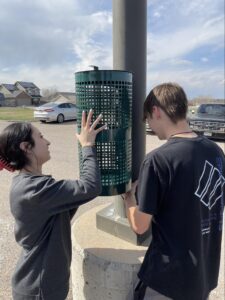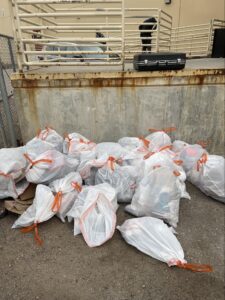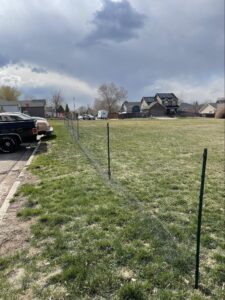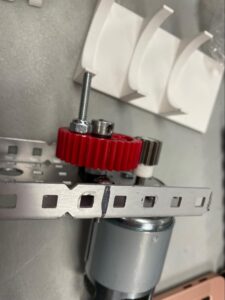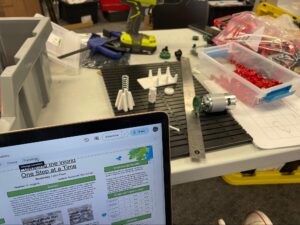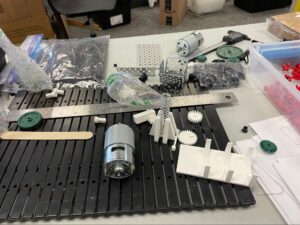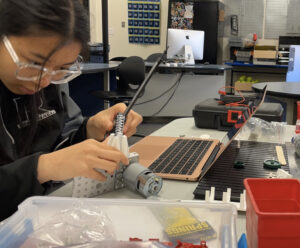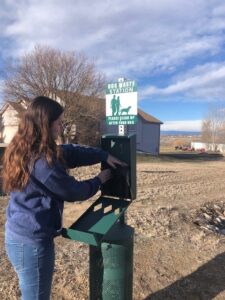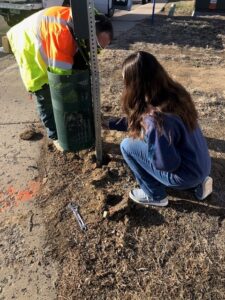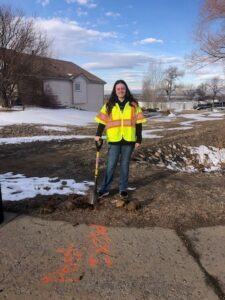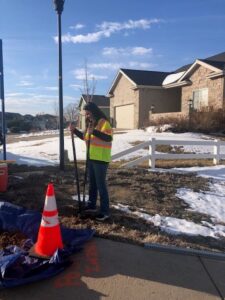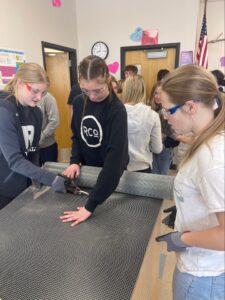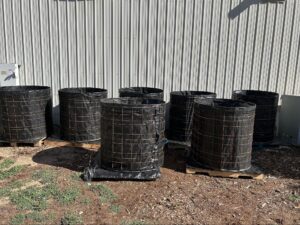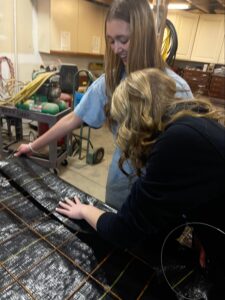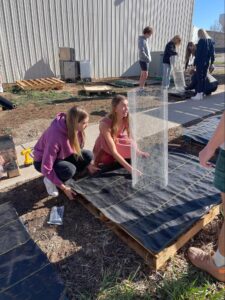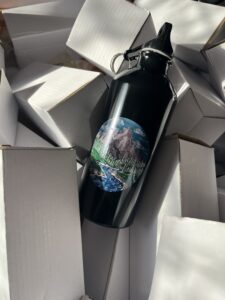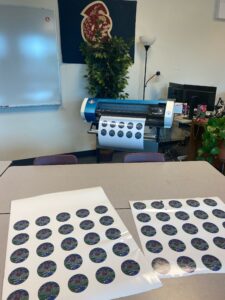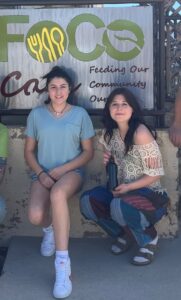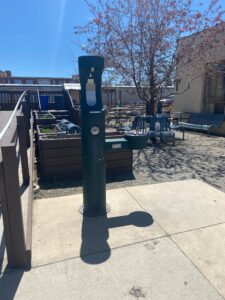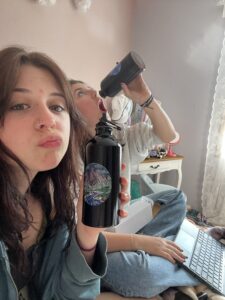2023, FORT COLLINS, COLORADO, USA
Zoe and Haylie from Rocky Mountain High School addressed plastic waste during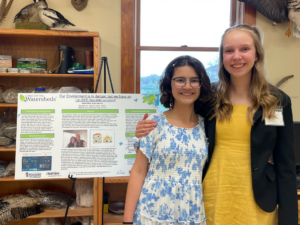 lunch by educating young students on the effects of plastic in their watershed and teaching them ways to be more environmentally friendly like using reusable beeswax lunch bags. Many people pack their lunch in a plastic bag that takes 1,000 years to decompose. Plastic can affect our drinking water, animal habitats, and our food for longer than you can imagine. The kids in Ms. Johnson’s 4th-grade class were excited to participate in the activity and presentation Haylie and Zoe brought. Beeswax wraps were handed out to encourage the kids to use them and tell their friends and family about them. Their hope is for these kids to be inspired to make a change against pollution in their environment. This solution addressed Targets 14.1 and 11.2 of the Sustainable Development Goals.
lunch by educating young students on the effects of plastic in their watershed and teaching them ways to be more environmentally friendly like using reusable beeswax lunch bags. Many people pack their lunch in a plastic bag that takes 1,000 years to decompose. Plastic can affect our drinking water, animal habitats, and our food for longer than you can imagine. The kids in Ms. Johnson’s 4th-grade class were excited to participate in the activity and presentation Haylie and Zoe brought. Beeswax wraps were handed out to encourage the kids to use them and tell their friends and family about them. Their hope is for these kids to be inspired to make a change against pollution in their environment. This solution addressed Targets 14.1 and 11.2 of the Sustainable Development Goals.


